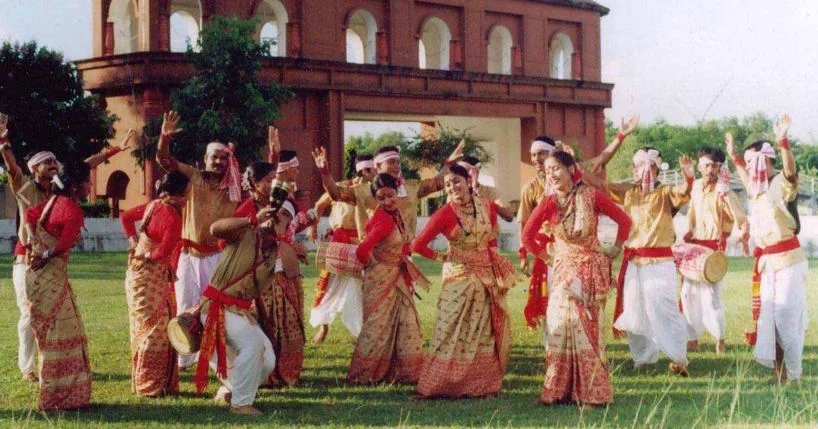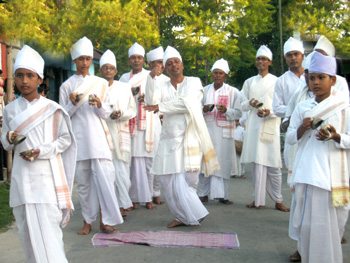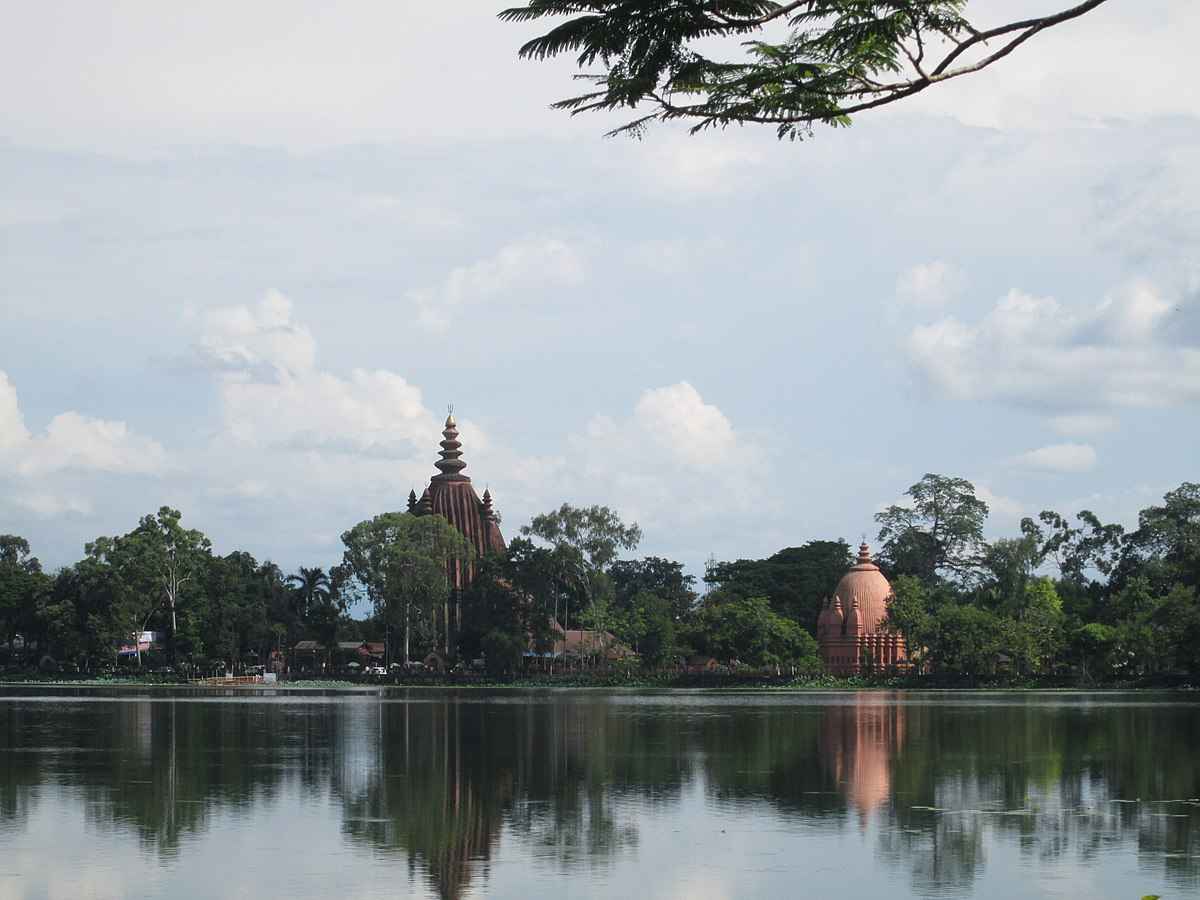Delve into the rich tapestry of Assamese art and culture, from traditional dance forms to vibrant festivals. Discover the essence of Assam’s cultural heritage.
Assam, a state in northeastern India, is known for its rich cultural heritage, which is a vibrant tapestry of various traditions, customs, and art forms. The art and culture of Assam are deeply rooted in its history, reflecting the diversity and ethnicity of its people. This article aims to delve into the multifaceted aspects of Assamese art and culture, highlighting its significance and impact on the state’s identity.
Assamese Art: A Reflection of Tradition and Creativity
Traditional Art Forms
Assam boasts a wide array of traditional art forms that have been passed down through generations. These include:
Sattriya Dance: A classical dance form with origins in the Vaishnavite tradition, characterized by graceful movements and spiritual themes.
Bihu Dance: A lively folk dance performed during the Bihu festival, celebrating the arrival of spring with its energetic rhythms and colorful attire.
Mask Making: Intricately designed masks used in traditional dance performances and rituals, showcasing the craftsmanship of Assamese artisans.
Handloom and Textiles
The handloom industry in Assam is renowned for its exquisite craftsmanship and unique designs. Assamese textiles, such as Muga silk and Assam silk, are prized for their quality and beauty. The intricate patterns and vibrant colors of these textiles reflect the rich cultural heritage of the state.
Assamese Culture: A Blend of Tradition and Modernity
Festivals and Celebrations
Assam is home to a variety of festivals that are an integral part of its cultural fabric. The Bihu festival, celebrated with great fervor and enthusiasm, is a prime example of Assamese cultural heritage. Other festivals like Durga Puja, Magh Bihu, and Bohag Bihu are also celebrated with traditional rituals and ceremonies.
Cuisine
Assamese cuisine is known for its simplicity and unique flavors. Rice is a staple food, and dishes like “Masor Tenga” (sour fish curry) and “Aloo Pitika” (mashed potatoes) are popular among the locals. The cuisine reflects the agricultural abundance of the region and the use of simple, natural ingredients.
Music and Literature
Assam has a rich musical tradition, with genres like Borgeet and Zikir being an integral part of its cultural heritage. Assamese literature, with its rich oral tradition and literary works, has contributed significantly to the cultural identity of the state.
Preserving and Promoting Assamese Art and Culture
Challenges and Initiatives
While Assamese art and culture have thrived over the centuries, they face challenges in the modern era. Rapid urbanization and globalization pose threats to traditional art forms and cultural practices. However, various initiatives by the government and non-governmental organizations aim to preserve and promote Assamese art and culture.
Future Prospects
Despite the challenges, the future of Assamese art and culture looks promising. Efforts to digitize and document cultural heritage, coupled with initiatives to promote traditional art forms, are ensuring that Assam’s rich cultural legacy continues to thrive in the modern world.
Frequently Asked Questions (FAQs)
Q: What are some famous traditional dances of Assam?
A: Assam is known for its rich dance traditions, with Sattriya and Bihu dances being the most famous. Sattriya is a classical dance form with spiritual themes, while Bihu is a lively folk dance celebrating the arrival of spring.
Q: What is unique about Assamese cuisine?
A: Assamese cuisine is known for its simplicity and unique flavors. It often includes rice as a staple, with dishes like “Masor Tenga” (sour fish curry) and “Aloo Pitika” (mashed potatoes) being popular among the locals.
Q: How does Assam celebrate its festivals?
A: Assam celebrates various festivals with great enthusiasm, often incorporating traditional rituals and ceremonies. The Bihu festival, for example, is celebrated with vibrant dance performances and music.
Q: What efforts are being made to preserve Assamese art and culture?
A: Various government and non-governmental initiatives are working to preserve and promote Assamese art and culture. These efforts include digitizing cultural heritage and promoting traditional art forms.
In conclusion, the art and culture of Assam are a testament to the state’s rich heritage and identity. From its traditional art forms to its vibrant festivals, Assam’s cultural landscape is a reflection of its people’s resilience and creativity. By preserving and promoting this cultural heritage, Assam ensures that its legacy will continue to inspire future generations.












